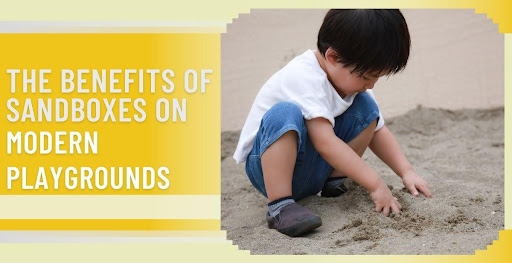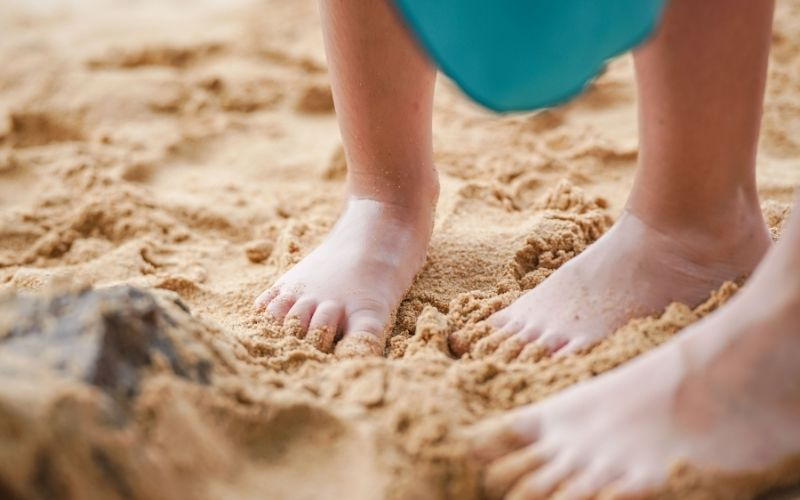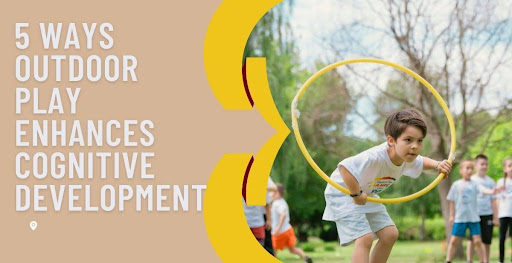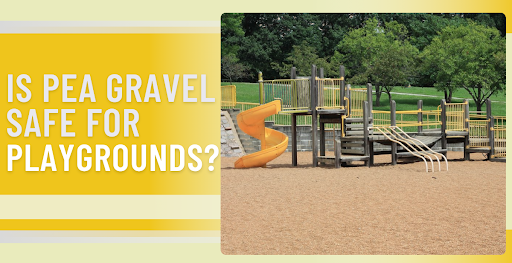The Benefits of Sandboxes on Modern Playgrounds
Discover the benefits of sandboxes on modern playgrounds. Learn how they support creativity, sensory play, and social skills for children.


Sand has long been a staple in children’s play. Whether digging, pouring, or shaping, it offers countless ways to explore. Despite modern playground upgrades, sandboxes remain one of the most loved play elements.
Why Sandboxes Still Matter Today
Many think of sandboxes as outdated, yet they still hold a strong place in modern playgrounds. Sand play is open-ended as children decide what to build, dig, or shape. Unlike fixed structures that limit activity, a sandbox shifts to fit the way each child wants to play.
It encourages exploration, sparks problem-solving, and nurtures creativity in ways other equipment often can’t.
Benefits of Playing with Sand

Physical Benefits
Playing in sand enhances fine motor skills through scooping, digging, and molding. It builds hand-eye coordination and improves grip strength.
Larger movements, like lifting buckets of sand, also support gross motor development.
Cognitive Benefits
Sand play fosters problem-solving as children learn to build structures and fill containers with sand. It introduces fundamental math and science concepts, such as volume, cause and effect, and balance.
Kids also engage in planning and experimentation during play.
Emotional Benefits
The sensory aspect of sand can help calm children and alleviate stress. It offers a safe way to explore various textures and sensations.
Completing a sand project, such as a castle or shape, boosts kids' confidence and provides a sense of accomplishment.
Social Benefits
Sandboxes naturally bring children together. Kids learn to share tools, take turns, and negotiate space. Cooperative play, like building something as a group, teaches teamwork and communication skills.
Is It Safe for Babies to Play in Sand?

Yes, babies can safely play in sand with close supervision. Sand allows infants to explore textures, supporting their sensory development.
However, they are more likely to put sand in their mouths, so constant monitoring is essential. Choosing clean, play-grade sand designed for playground use lowers the risk of irritation or contamination.
Safety Tips When Playing in Sandboxes
- Always use play-grade, non-toxic sand.
- Cover sandboxes when not in use to keep out debris and animals.
- Rake and inspect the sand regularly to remove sharp objects.
- Replace sand periodically to maintain cleanliness.
- Encourage kids to wash their hands after play to prevent irritation or ingestion.
Finally
Sandboxes are among the most valuable features in playground design. They promote physical, cognitive, and social development while offering a safe and creative environment for children of all ages.
With the proper safety measures, they can provide years of enjoyment. For guidance on choosing the right sandbox or planning a complete playground, visit Park N Play Design.


.jpeg)
.jpg)
.jpg)
.jpeg)





%2520Which%2520Is%2520Better%2520for%2520Playgrounds.png)
